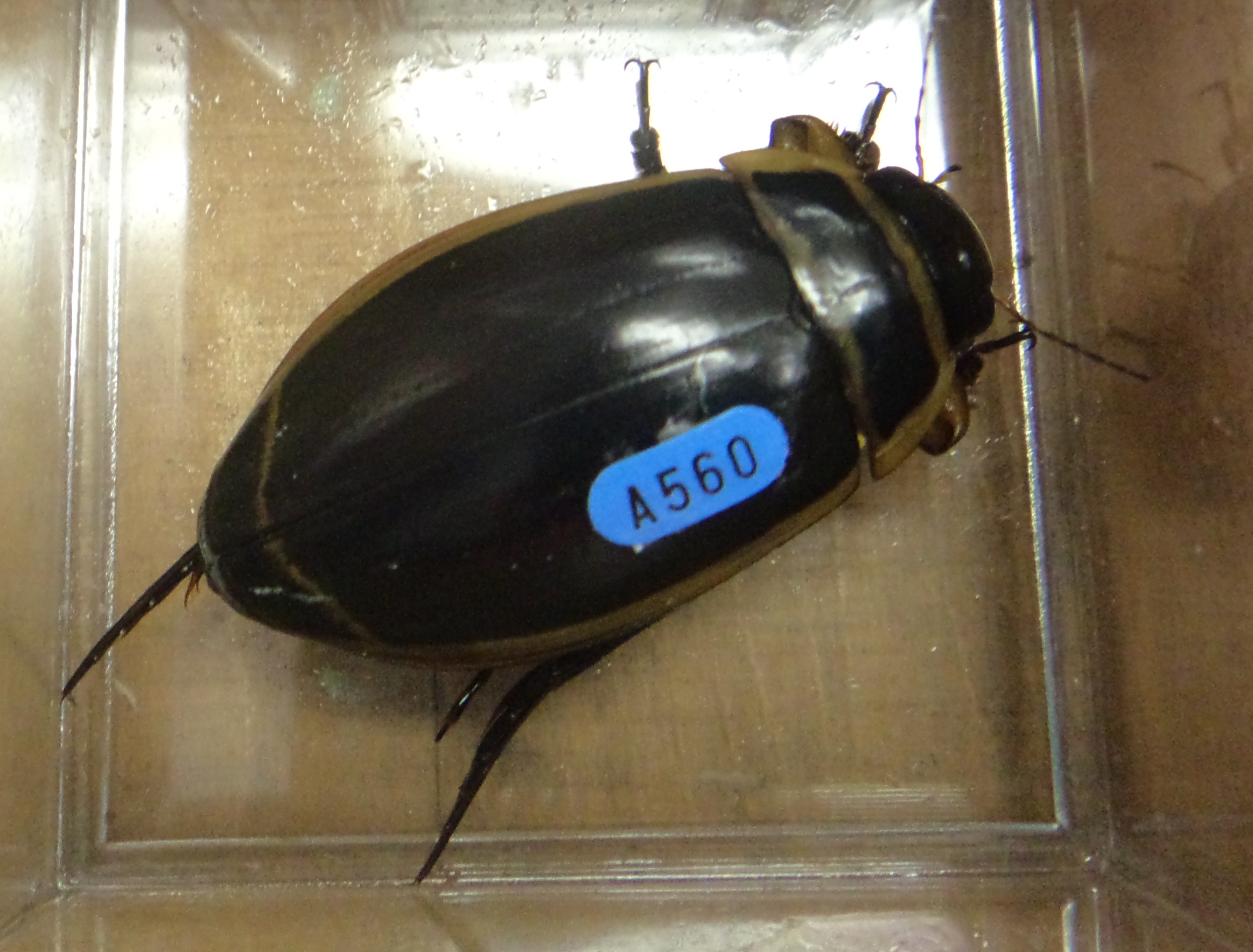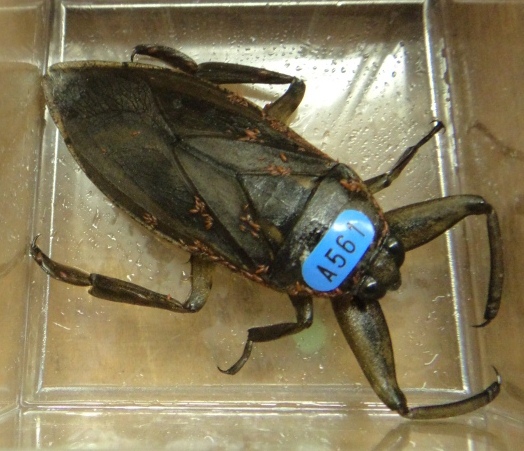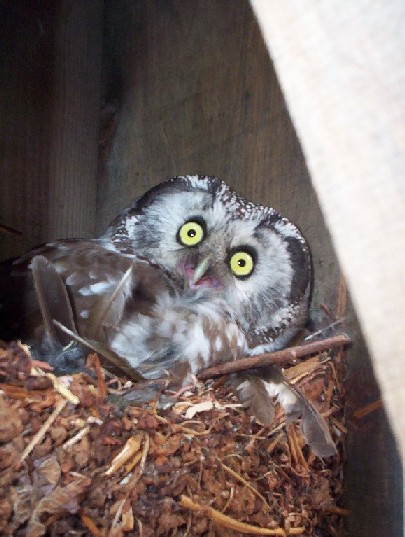
A lot of work has been done on the Boreal Owl in Scandinavia (where it is known as Tengmalm's Owl). Only in the last couple of decades, has this owl been shown to breed in Ontario and south of 49th parallel. Since then, it has been found to be breeding at high elevations as far south as northern New Mexico. In 2004, I found the first two nests of the Boreal Owl in Nova Scotia, which were also the first ones found in the Maritimes for ~70 years.
My preliminary work has involved the erecting of nest boxes through northern Cape Breton and also in Guysborough County. To do this, I make liberal use of volunteers whom I graciously thank.
A short series of pages are available that will show you how to build the same type of nest box that I use.
Funding for this project has come from the Nova Scotia Museum, the Nova Scotia Bird Society, Bird Studies Canada, via funds generated by the Baillie Birdathon, Stora Enso, and the Nova Scotia Department of Natural Resources,



